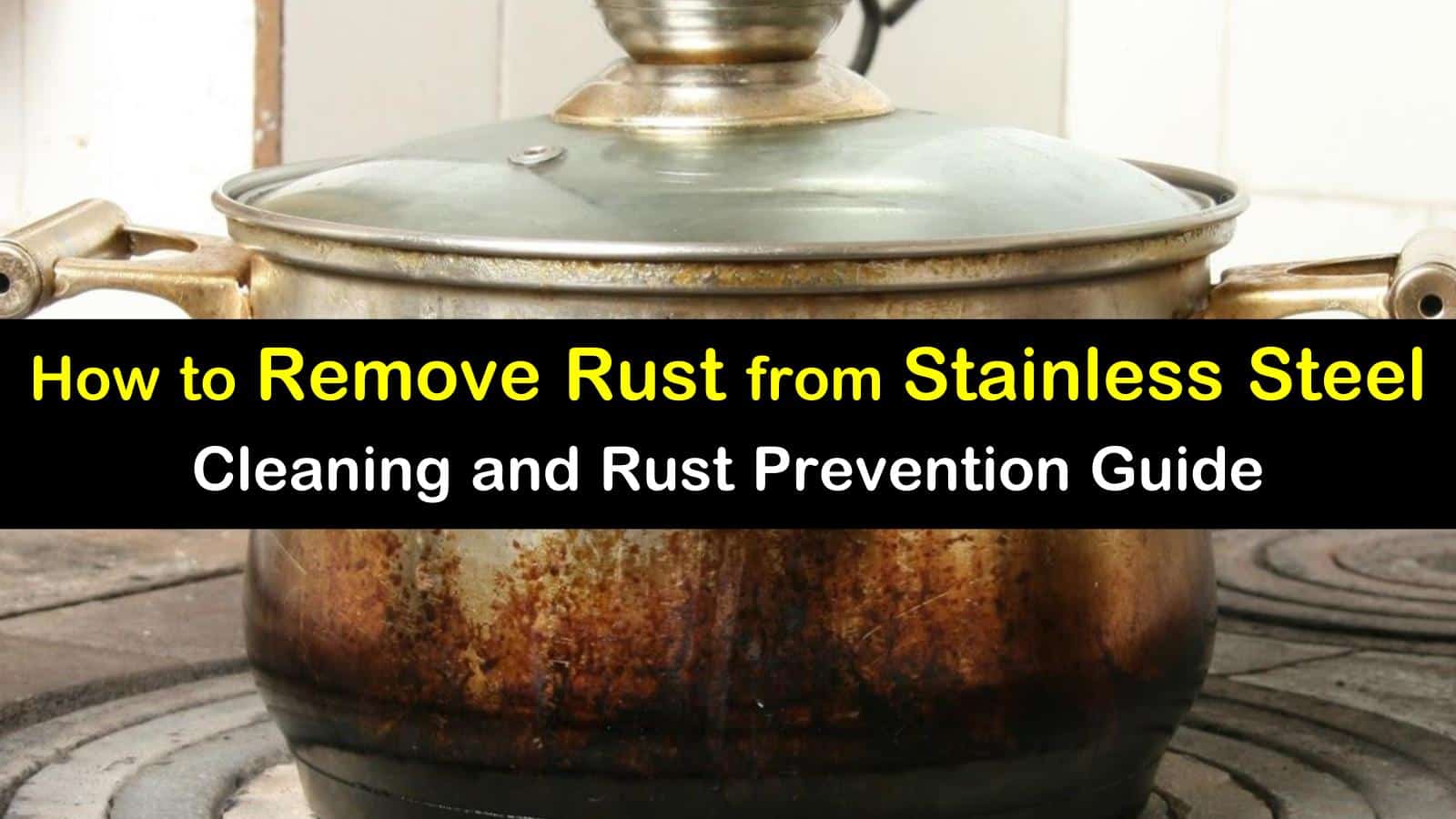
Therefore, in order to ensure that the metal surface is permanently bright and not rusted, we recommend: The surface of the stainless steel adheres to acid, alkali and salt substances (such as alkali water and lime water used to decorate the wall), causing local corrosion.Ĭontaminated air (such as the atmosphere containing a large amount of sulfide, carbon oxide, nitrogen oxide) encounters condensed water, forming sulfuric acid, nitric acid, acetic acid liquid point, causing chemical corrosion.Īll of the above can cause the corrosion of the stainless steel surface protective film to cause rust. After a period of time, the organic acid will corrode the metal surface. The surface of the stainless steel adheres to the organic juice (such as melon, noodle soup, glutinous rice, etc.), which forms an organic acid in the presence of water and oxygen. In the humid air, the condensed water between the attached material and the stainless steel connects the two into a micro-battery, which triggers an electrochemical reaction and the protective film is destroyed, which is called electrochemical corrosion. The surface of stainless steel contains deposits of foreign metal particles and dust, which may contain other metal elements. There are many forms of such surface film damage, and the following are common in daily life:

Once for some reason, the film is continually destroyed, oxygen atoms in the air or liquid will continue to infiltrate or the iron atoms in the metal will continuously separate out, forming loose iron oxide, and the metal surface will be continuously rusted. Stainless steel relies on a very thin, sturdy and fine chromium-rich oxide film (protective film) formed on its surface to prevent the oxygen atoms from continuing to infiltrate and continue to oxidize, thereby obtaining the ability to resist rust. Therefore, no stainless steel can resist corrosion and rust in any environment. For example, 304 steel pipe has absolutely excellent rust resistance in a dry and clean atmosphere, but if it is moved to a coastal area, it will rust quickly in a sea fog containing a large amount of salt the 316 steel pipe performed well. However, the magnitude of its corrosion resistance varies with the chemical composition, the inter-state, the conditions of use, and the environmental media type of the steel materials. Stainless steel has the ability to resist atmospheric oxidation – rust resistance, and also has the ability to resist corrosion in acid, alkali, and salt-containing media – corrosion resistance. Stainless steel will also rust under certain conditions. It may be a problem with steel materials.” In fact, this is because of the lack of understanding of stainless steel to produce the wrong view. (Other important metals such as titanium and aluminum also rely on passive film formation for their corrosion resistance.) Because of its durability and aesthetic appeal, stainless steel is used in a wide variety of products, ranging from eating utensils to bank vaults to kitchen sinks.When brown rust spots appeared on the surface of stainless steel pipes, people were amazed: “Stainless steel is not rusted. In summary, stainless steel does not rust because it is sufficiently reactive to protect itself from further attack by forming a passive corrosion product layer. As such, this film, otherwise known as rust, achieves sufficient thickness to make it easily observable soon after exposure to water and air. Common inexpensive steel, in contrast, reacts with oxygen from water to form a relatively unstable iron oxide/hydroxide film that continues to grow with time and exposure to water and air. Thus, although the steel is corroded on the atomic level, it appears stainless. The fact that the film is much thinner than the wavelength of light makes it difficult to see without the aid of modern instruments.

Because the film forms so readily and tightly, even only a few atomic layers reduce the rate of corrosion to very low levels. The presence of the stable film prevents additional corrosion by acting as a barrier that limits oxygen and water access to the underlying metal surface. In fact, all stainless steels by definition contain at least 10 percent chromium. Chromium plays a dominant role in reacting with oxygen to form this corrosion product film. These elements react with oxygen from water and air to form a very thin, stable film that consists of such corrosion products as metal oxides and hydroxides. Stainless steel contains iron, chromium, manganese, silicon, carbon and, in many cases, significant amounts of nickel and molybdenum. Stainless steel remains stainless, or does not rust, because of the interaction between its alloying elements and the environment.
DOES 316 STAINLESS STEEL RUST FREE
Free of the University of Utah offers this explanation:


 0 kommentar(er)
0 kommentar(er)
